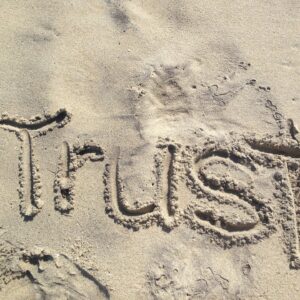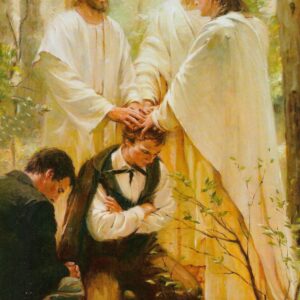The Church was organized in Manchester, New York, on April 6, 1830. The original name used on that date was actually the “Church of Christ.” This was changed in 1834 to “The Church of the Latter Day Saints,” and then changed again in 1838 to “The Church of Jesus Christ of Latter Day Saints” (see FairMormon). Joseph Smith Jr., the first Prophet and President of the Church, claimed that organizing the Church was part of the ‘Restoration’ of the ancient Church of Jesus Christ to the earth. The Book of Mormon is recognized by Church leaders and members as the ‘keystone’ of the religion, and as a part of the Canon of Scriptures. Other writings were similarly accepted into the Canon during the Church’s early years (The Book of Abraham, The Book of Moses, and the Doctrine & Covenants).
The Church makes a variety of claims about itself, its origin and teachings, and has sent many thousands of Missionaries throughout the world, to try and convince others that these claims are true. My purpose here is to examine these claims, to see if they hold up under scrutiny.
George A. Smith, an early member of the Quorum of the Twelve Apostles (and grandfather to later President of the Church, George Albert Smith) said:
“If a faith will not bear to be investigated; if its preachers and professors are afraid to have it examined, their foundation must be very weak.”
Journal of Discourses, Volume 14, P. 216
J. Reuben Clark, who served in the Quorum of the Twelve, and as a Counselor in the First Presidency, stated:
“If we have the truth, it cannot be harmed by investigation. If we have not the truth, it ought to be harmed.”
Quoted in J. Reuben Clark: The Church Years, D. Michael Quinn. Brigham Young University Press, 1983, P. 24
James E. Talmage, another past member of the Quorum of the Twelve, and one of the most respected thinkers in Church history, said:
“The man who cannot listen to an argument which opposes his views either has a weak position or is a weak defender of it. No opinion that cannot stand discussion or criticism is worth holding. And it has been wisely said that the man who knows only half of any question is worse off than the man who knows nothing of it. He is not only one-sided but his partisanship soon turns him into an intolerant and a fanatic. In general it is true that nothing which cannot stand up under discussion or criticism is worth defending.”
James E. Talmage (Improvement Era, January, 1920, p 204.)
Hugh Nibley, sometimes considered one of the greatest intellectuals the Church has ever had, made this statement:
“The Book of Mormon can and should be tested. It invites criticism.”
Hugh Nibley, An Approach to the Book of Mormon, 1957, P. 13.
It is not my intent to make an exhaustive or comprehensive list of all of the Church’s claims, and wish to concentrate on the most important ones, the ones that underlie the Church’s foundations.
Further, I wish to address these claims from several different perspectives, to provide a more broadly-based analysis. The three approaches I will be taking are:
A. Factual Claims
B. Epistemological Considerations (or how we know what we think we know)
C. Examining the Fruits of the Church in Practice



